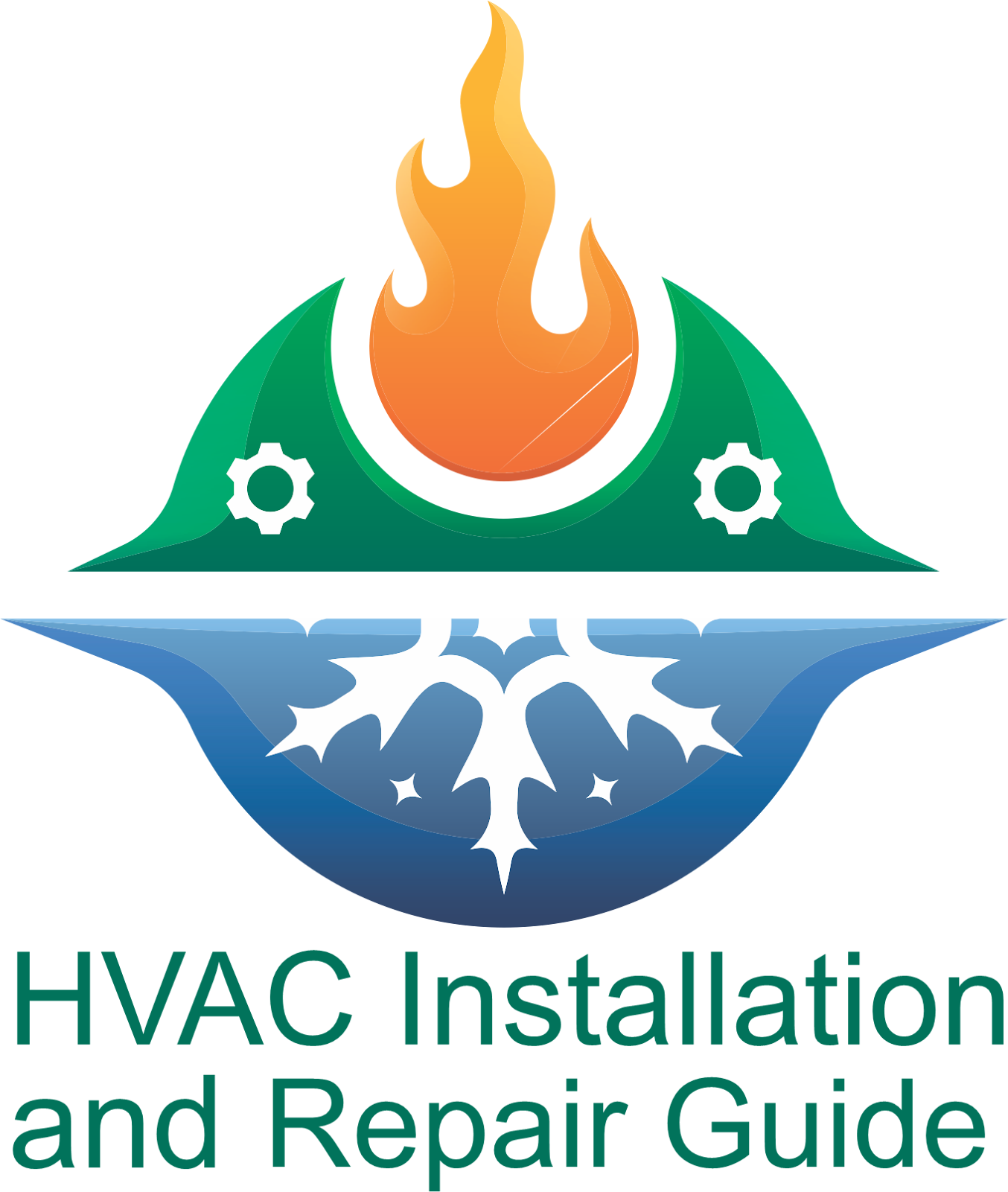5 Ways to Reduce AC Expenses
Since energy expenses can rise throughout the summer, many homeowners look for ways to cut costs. This summer, we've written about five ways to save money on energy and air conditioning, like installing a smart thermostat, using fans to seal duct leaks, and covering windows.
Committing to AC repair
Let's review these five suggestions in the ensuing blog post to understand better how you may start lowering your AC expenditures.
Installation of a Smart Thermostat
Installing a smart thermostat is one of the simplest ways to reduce the cost of your air conditioning. With a smart thermostat, you may modify your house's temperature according to the schedule you've chosen, saving money on cooling expenses. This feature allows you to change the temperature both during the day and at night.
You could, for instance, set your smart thermostat at 80 degrees while you're at work and have it automatically adjust to 74 degrees by the time you get there if you want your house to be 74 degrees when you get there but want to save money on cooling expenditures. The cooling expense is reduced because your air conditioner runs less hard for 8 to 9 hours daily.
Even if you don't have a smart thermostat, you can still save money with this strategy. Before and following your departure for the day, adjust the temperature. Air conditioning With a smart thermostat, the temperature is lowered gradually instead of abruptly, which is less demanding on your system.
Fix any Leaks as Soon as Possible to Save Money
If there are leaks in your ductwork, your cooling costs may be far higher than needed. Your air conditioner cools your home by drawing in warm air, cooling it, and then dispersing the cooled air throughout the entire building via a duct system. The conditioned air may leak into the crawl spaces, attics, and other areas where the ducts are located if they have leaks. Your system must produce more chilled air to maintain the same temperature as more cooled air is lost. Also, when your air conditioner works harder, your energy costs will rise.
Your duct system may leak if your home's dust levels have recently risen and your cooling costs have mysteriously soared. A skilled specialist may examine your system to determine whether a leak is significant enough to need sealing. Even though sealing your ducting will cost money, if you have leaks, it will increase the efficiency of your AC, lower your cooling bills, and even increase the lifespan of the device.
Follow your recommendation and use a ceiling or portable Fans
Increase the temperature and switch on the ceiling fan in your room to save money on air conditioning. Even though portable or ceiling fans don't actually chill the air, they make you feel cooler by circulating the air in the space, which can allow you to feel comfortable at a higher temperature while spending less each month on air conditioning.
Use window coverings to save money.
Two-pane windows are advised because they can lose a lot of heat. Yet, covering your windows with blinds or drapes throughout the summertime aids in keeping your house cooler. the faster your air conditioner can boost the temperature in your house to the thermostat setting.
Spend money on AC Maintenance
Investing in yearly expert maintenance is the greatest approach to reducing your monthly AC expenses. For your system to function properly, all of its many parts must be in good operating order. As your system operates more frequently, less money will be spent on cooling charges.
A specialist can examine all those components, ensure everything is functioning properly, and ensure your system is operating as efficiently as possible by investing in an annual maintenance visit. Even if it is expensive, having a professional service for your AC system is justified. A qualified expert should find any problems or inefficiencies during a visit, resulting in decreased monthly cooling costs and a longer system life.
It must be accompanied by a complete checklist attesting to the thoroughness of the maintenance visit. For instance, the HVAC Installation and Repair Guide contains a list of specific duties that we must carry out for both indoor and outdoor systems. They include items such as:
- keeping track of the thermostat
- evaluating the system's performance
- blower compartment, air filter, motor, and blower cleaning and inspection
- Visual examination and visual analysis of the fan motor and blades, as well as tightening up all connections and wiring
- To ensure that all of the safety mechanisms are activated and functioning, measuring the amps and ratings of the compressor and condenser fan
- ensuring the refrigerant pipes and valves are correctly sealed by inspecting and assessing their efficiency, age, condition, potential issues, and other factors.
Most HVAC providers offer maintenance plans, which are frequently less expensive than paying for tune-ups as they become necessary. Be sure the firm you choose has a good reputation and a list of what is included in a maintenance visit, whether planned maintenance or a one-time tune-up.
Tags
ac repair
ac repair installation
Air Conditioner Repair
air purifiers
air quality
central air conditioner
Ductless mini-split systems
ductless mini-splits
Furnace repair
HVAC repair
indoor air quality

